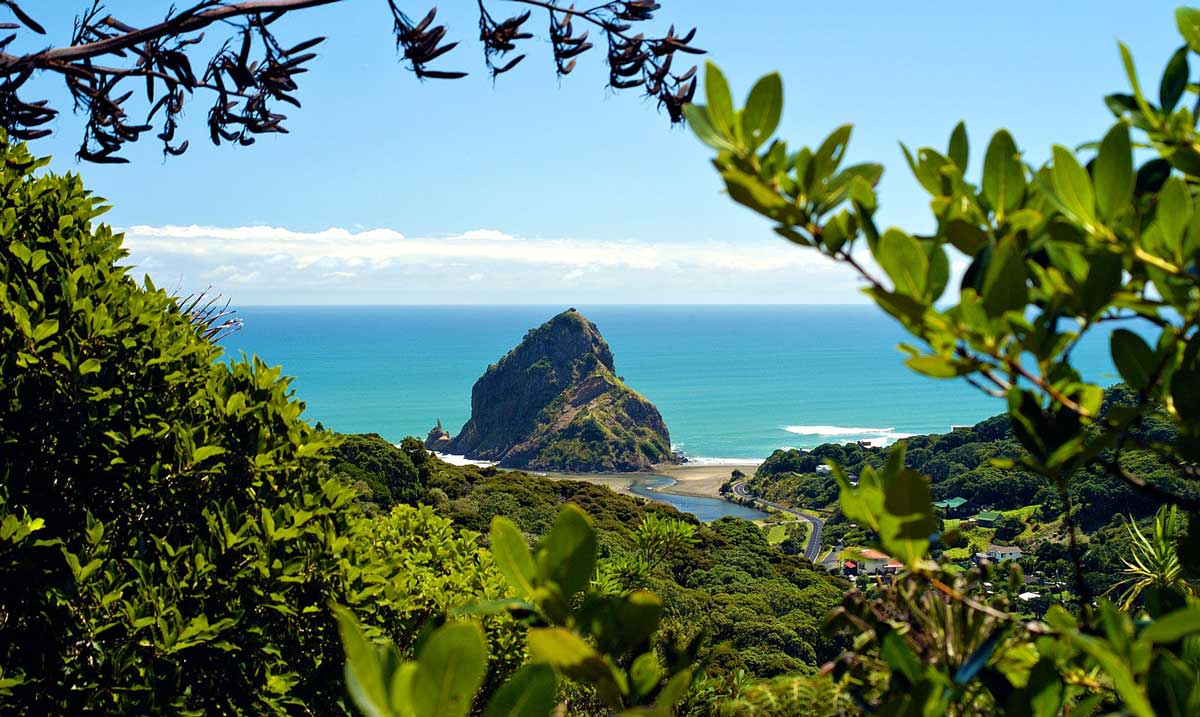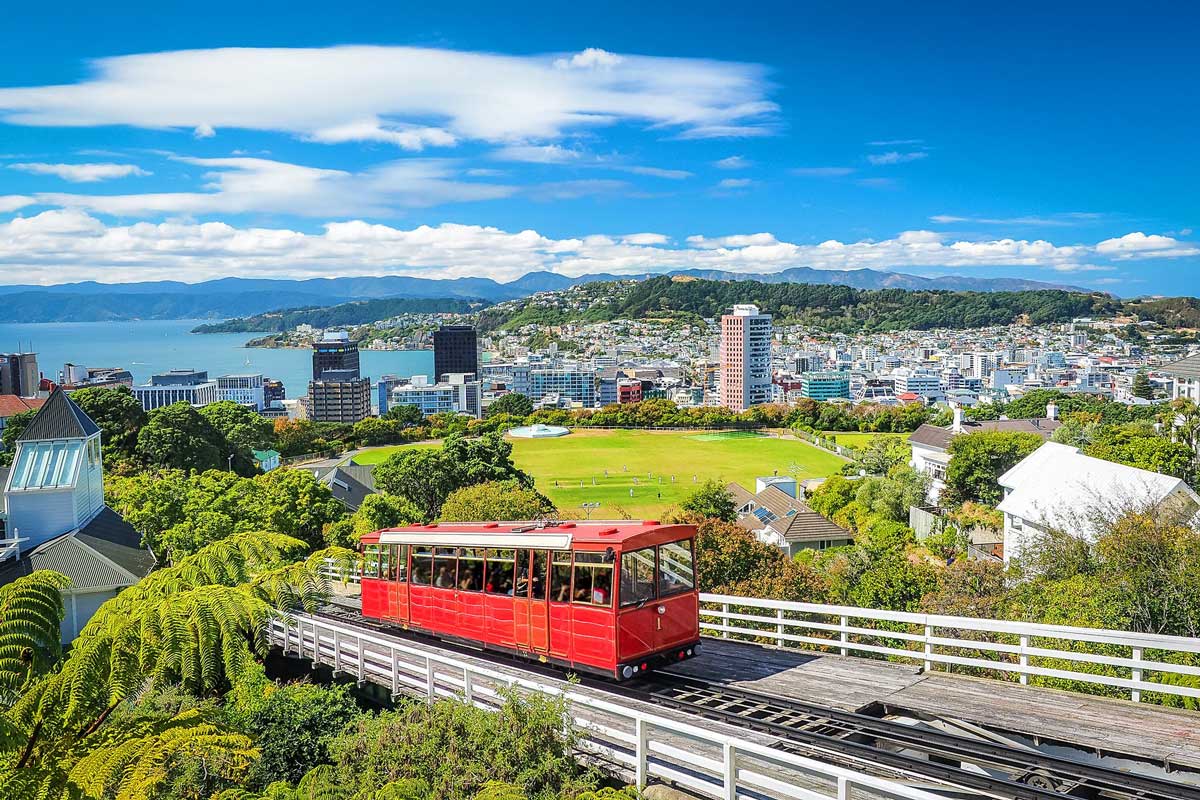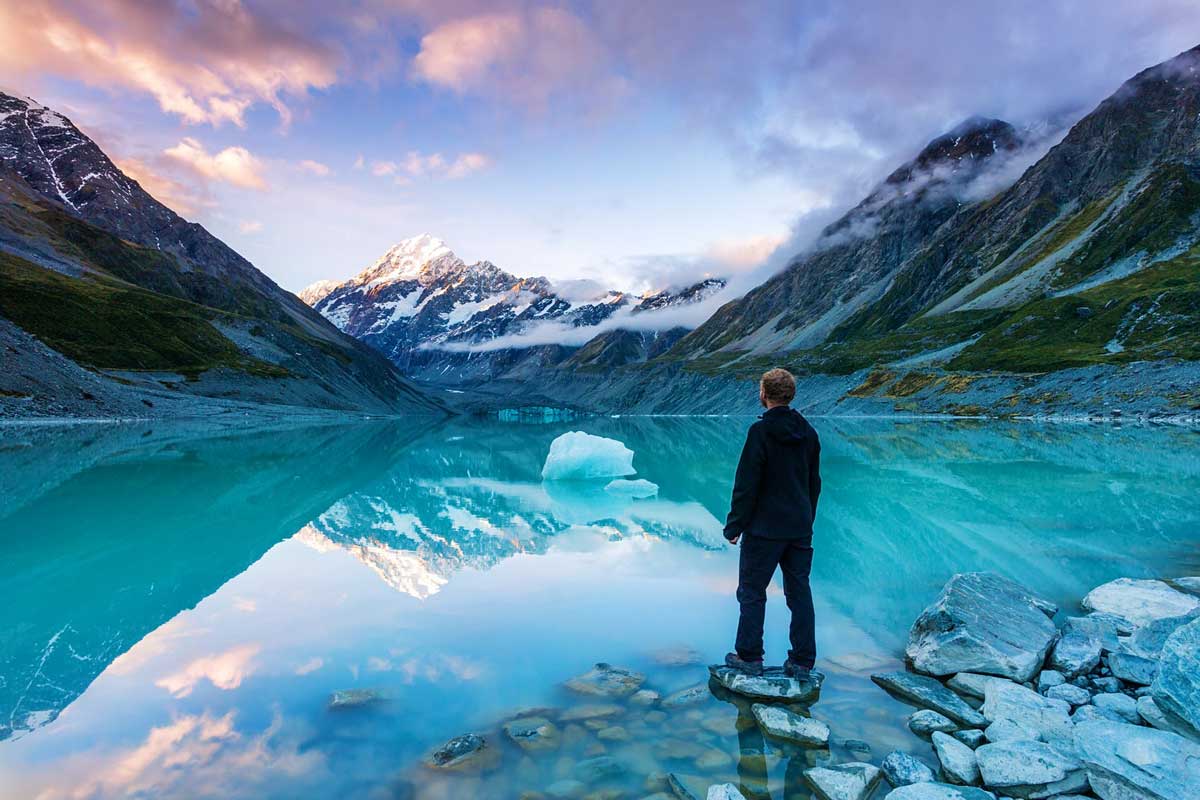Nearly two years after New Zealand closed its borders, the government has laid out a five-phase plan that will allow the South Pacific nation to reopen to the world over the next 10 months.
The reopening will begin on February 27, just before midnight, when fully vaccinated New Zealanders living in Australia can return home. On March 13, the plan will be extended to New Zealanders living anywhere in the world, as well as skilled international workers and those eligible for a working holiday visa.
In July (exact date to be confirmed), residents of about 60 visa-free countries will be able to travel to New Zealand, including Australia, the UK, the US, Ireland, Canada, Japan and others.
Then in October, New Zealand’s borders will be fully open to visitors from anywhere in the world, and regular visa processing will resume.

New Zealand planned to open its borders in April, but the arrival of the Omicron variant in December changed those plans.
“With the advent of Omicron, we have delayed changing border settings to give ourselves a chance to deploy boosters – a chance that most other countries have not had,” Prime Minister Jacinda Ardern said today.
By the time New Zealand opens its borders, it will be one of the most vaccinated countries in the world.
“With 94% of our population fully vaccinated and 92% of those over the age of 18 eligible to be vaccinated by the end of February, it’s time to shift focus to fighting COVID-19 and focus on reconnecting and recovering,” said the COVID Minister. -19 Chris Hipkins.

Rules for entering New Zealand
Vaccinated arrivals will be required to self-isolate at home or place of residence for seven days upon arrival. They will be given three rapid antigen tests at the airport to take home. One – for use on the first day upon arrival, the other – on the fifth or sixth day, and one more, the third test, for safety.
“This gives us the best chance of detecting cases that have arrived across the border,” Ardern explained.
Arrivals who test positive will be required to take a PCR test at a public testing station.
In the coming weeks, the government will announce how arrivals can show evidence of vaccination and whether re-vaccination is required to cross the border. Those who have not been fully vaccinated will be required to undergo mandatory quarantine at a state center.

New Zealand closed its doors in March 2020 and placed returning citizens in mandatory quarantine. In addition to the world’s strictest COVID-19 border measures, the government has implemented a temporary lockdown and a massive testing and contact tracing program. New Zealand has also taken advantage of its remote geography to adopt a “zero COVID” approach that has evolved as the pandemic has evolved.
Travel has been making a comeback with caution in the form of a tourism bubble with Australia, which was eventually shut down last summer due to outbreaks there.
Now New Zealand is entering a new phase of the fight against COVID, with businesses reopening and support campaigns gaining momentum. “COVID as a disease has still not touched many of us. But given the transmissibility of Omicron, we know that we will experience the virus more directly. But the difference is that now we have every possible tool to prepare,” said Ardern.
“We’re getting vaccinated, we’re getting more and more stimulants, we’re continuing to prepare at home and work as planned.”
“And now it’s time to move forward together, safely.”

